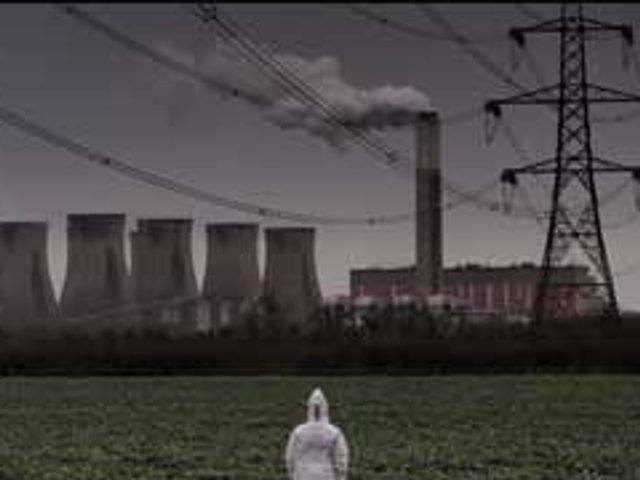A major talking point at last year’s Venice Biennale was John Akomfrah’s Vertigo Sea. A three-screen film installation that collaged images of marine life from the BBC’s Natural History Unit with archive footage of whale hunting and the slave trade and new material, it formed a meditation on mankind’s relationship with the ocean. Although this impressive piece propelled Akomfrah to a new level of art-world attention, the 58-year-old, Ghana-born British artist was already widely respected as a film-maker whose work for television, cinema and art spaces has spanned more than three decades.
Vertigo Sea receives its UK premiere at the Arnolfini, Bristol, this month, along with Akomfrah’s debut show at London’s Lisson Gallery of three new films that deal with global migration, both historical and contemporary—or, as he puts it, “look at perennial subjects in new ways”.
The Art Newspaper: Vertigo Sea marks a shift in scale and ambition. Why did this feel like the time to put the ocean centre stage?
John Akomfrah: Weirdly, all sorts of events came together. We had already been talking to the BBC [Natural History Unit] about the possibility of allowing us to come in and engage with them, in much the same way as I’ve been doing for around 20 years with the general BBC archive. They seemed to get the ambition around the same time as Okwui [Enwezor, the curator of the 2015 Venice Biennale] approached me. I’d also been pondering doing something about the cetacean world for a while. My interest in that goes back [some time]; the humpback whale soundtrack was a key feature of [Akomfrah’s 1986 film] Handsworth Songs, and I was reading Moby Dick again. But I hadn’t found the animus or the impetus to do something about it. Then something about the moment—the beginnings of the so-called “refugee crisis”—seemed to require putting them all together.
Vertigo Sea opens with a voiceover account of African refugees, who had never been to sea before, climbing on to a tuna cage when their boat took in water.
That BBC radio programme—when one of the young crossers says: “I was in the sea and I saw these big, big fish and I thought I was going to be eaten”—just seemed to spark off something in my head about the coming-together of narratives that would not otherwise be in the same space. I thought, OK, this is the premise: to see whether the interest in the aquatic world and especially the humpback whale can be connected with stories about contemporary refugee ships, which can then, in turn, be connected to earlier people trying desperately to do pretty much the same thing, which is to escape somewhere.
Why did you choose to show Vertigo Sea across three screens?
The three-screen structure is the ultimate reflective engine because you are getting things to talk to each other simultaneously. It’s a format of debate, taking place literally in front of you all the time, not sequentially but almost materially from beginning to end. I love the democratising function of it: no two people at any one time feel the same about what they are watching, because no two people are watching the same thing.
Why are you now showing in art spaces more than in cinemas and on television?
The ambition is still very much to operate across genres and platforms, but generally, I think I just got tired of being told what to do all the time. I have an abiding faith in chance and improvisation, and I wanted a place where uncertainties can be turned into productive things. There’s less and less space to do that in television and even less in the cinema: these are now temples of certainty about genre and approach, and it’s all becoming a little bit too fixed for my liking. So it just felt as though it was the right time to sidestep the deluge of demands of television and look at other ways in which to approach questions that are perennial ones for me. What is a migrant? What is an outsider? What’s our relationship with art history? What’s the role of memory? These are all ongoing questions that have animated the work I’ve done for both the cinema and television, but they seemed especially pertinent to the gallery space.
Your parents were involved in the anti-colonial movement in Ghana and moved to England after the 1966 military coup. Later, you organised student sit-ins.
I think my activism was more born out of mischief than that of my parents. My mother, in particular—my father died much earlier as a result of events in Ghana—was incredibly keen that her boys had an insight into how the world works politically, so it was through her tutoring that we learned how much they had been involved in the fight for Ghana’s independence and in the CCP [Convention People’s Party]. I grew up in what one would call a conventional communist household—which was what she tried to bring us up to be.
Around the time you were becoming aware of your radical roots, you were also sneaking off to watch avant-garde cinema in the Paris Pullman in the Fulham Road.
Right from when I first stepped into the Tate at the age of 12—I lived down the road—it was always clear to me that I wanted to be involved in something that was allied with image-making. But the challenge was, how do you forge some sort of language of aesthetics and politics?
Did you ever want to go to art school?
No. I started [a foundation course] and then gave it up because it didn’t feel satisfying enough. It seemed important both to find a way of doing things and to raise questions about why we needed to do them, and I didn’t think I would get that in art college. Then, when I first saw a syllabus for cultural studies, I thought: “Wow! That’s me!” It just seemed made for my slightly scatty brain.
What you’ve described as your “recycling aesthetic” mixes a broad spectrum of images and sources—Shakespeare, Milton, Greek mythology, Nietzsche.
I’ve often been asked, why all these big writers? It’s about trying to find different ways in which they can be deployed to ask and answer questions. If you read Paradise Lost, what strikes you immediately is that it’s about becoming; it’s about the making of man. This is a subject I’m especially interested in. Of course you don’t get diasporas without them becoming—they’re not natural things, they come into being—and if I have a kind of bent, it’s towards Nietzsche, Emily Dickinson, Milton, Beckett, all people who, in my reading, I can sense grapple with these questions and are concerned with pretty much the same things, albeit for different reasons.
So the aim is to reboot their relevance?
There’s a misunderstanding at the heart of what one would call identity politics about how we move forward on certain things, shared by people inside those identities as well as outside. I am black, but the way in which I became was not through some unique essential language of blackness. I went to school here the same as anybody else. I worked bloody hard and because I was interested in those questions, I read, and that’s how I’m made up. So when I talk about Shakespeare or Greek mythology, it’s not something I feel is outside myself.
When Handsworth Songs was screened by Tate Modern in 2011, in response to riots across the UK, it seemed as if little had changed since the unrest in London and Birmingham more than 25 years earlier.
The sense that nothing has changed is to be resisted. Even though one occasionally gets that impression from rent-a-gobs who say stupid things, I think that a profound shift took place in post-war England and that a deep layer of the culture has irreversibly changed. And that gives me comfort. Occasionally you think, is anyone really listening to me? But the world in which your children and nieces and nephews are growing up is a very different one to the 1960s.
• John Akomfrah, Vertigo Sea, Arnolfini, Bristol, 16 January-10 April
Digest: John Akomfrah
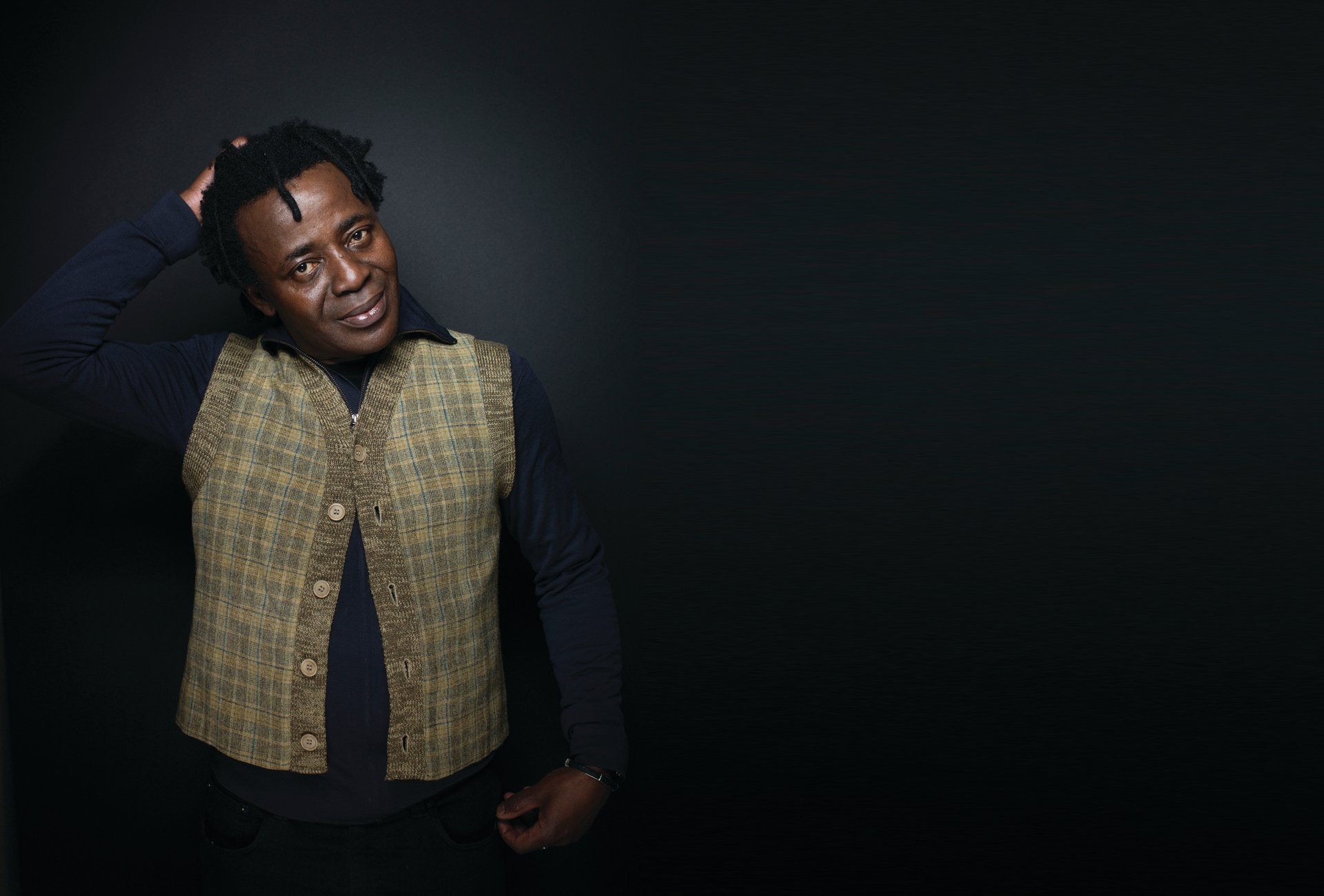
Background
Born: Accra, Ghana, in 1957. His father serves in the cabinet of Kwame Nkrumah, the country’s first prime minister and president, and his mother meets Malcolm X in Accra. His family flee the country when political unrest after the 1966 military coup puts their lives in danger; they settle in west London. Today, Akomfrah frequently visits the family home in Accra
Education: BA in sociology at Portsmouth Polytechnic (1980-82). While still a student, Akomfrah co-founds the seminal media group Black Audio Film Collective, dedicated to examining issues of black British identity, with a group of artists and film-makers he knows from school and university. It is active until 1998
Lives: London
Represented: Lisson Gallery, London
Milestones
1986: Makes the widely acclaimed film Handsworth Songs, which responds to the events surrounding riots in Birmingham and London. It wins the Grierson Award for best documentary in 1987
1998: Co-founds Smoking Dogs Films with former BAFC members David Lawson and Lina Gopaul. He is also a director of Creation Rebel Films, based in Ghana
2002: Included in Documenta 11, in Kassel, Germany, organised by Okwui Enwezor
2012: Features in the Liverpool Biennial
2013: Included in the Sharjah Biennial
2014: Receives an OBE
2015: Curates one section of History is Now at the Hayward Gallery, London; his film installation Vertigo Sea
(2015) is shown in All the World’s Futures, Enwezor’s show at the Venice Biennale; appointed a trustee of the Tate
Key Works
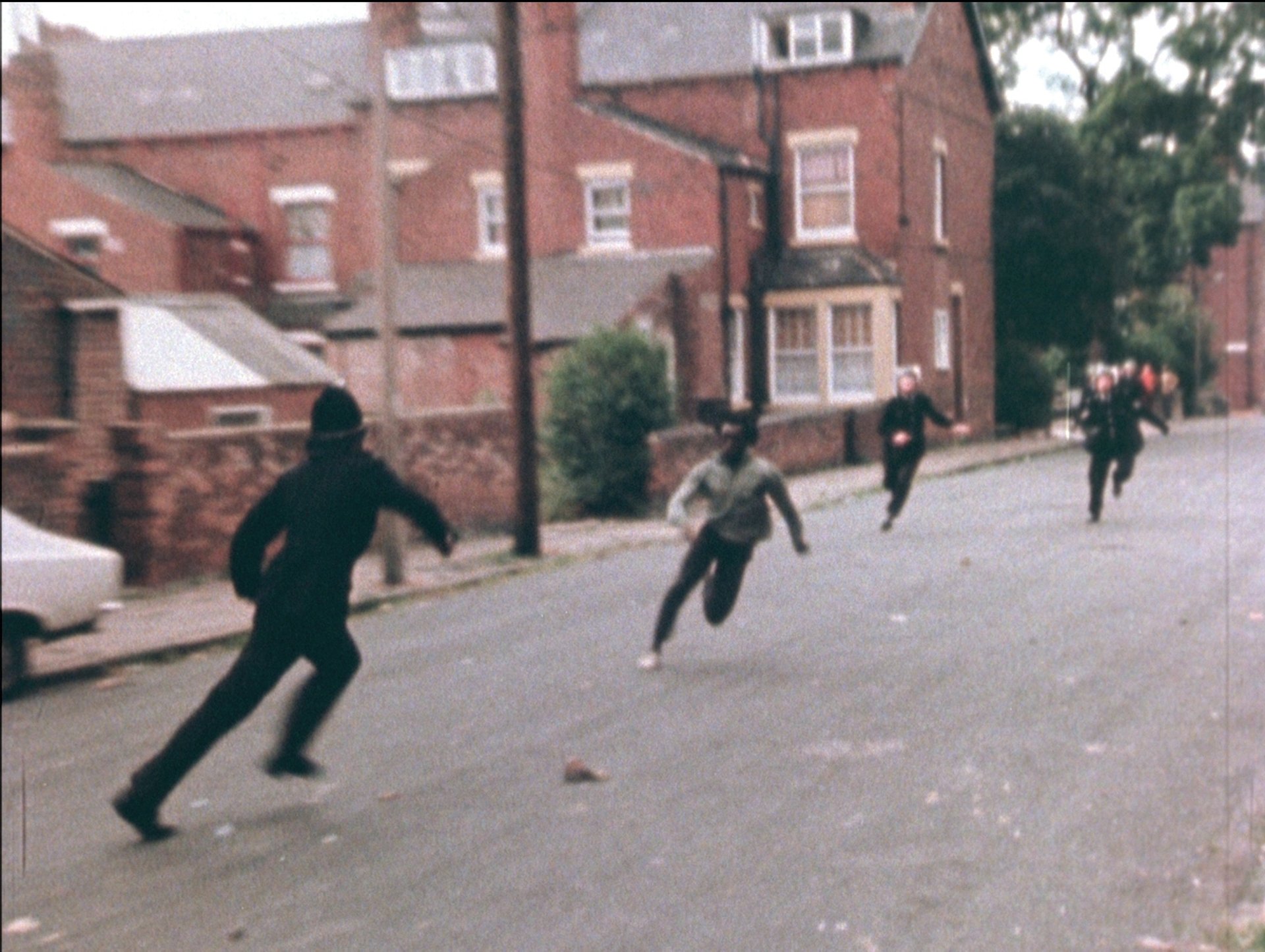
Handsworth Songs (1986)
“Over the 17 years that we worked as the Black Audio Film Collective, we made several pieces, but Handsworth still hangs in there for me as the ideal. It set us on a course that was to define what we were going to be, and introduced us to a way of working together that I still try to foster. Working on Handsworth provided us with the opportunity to find a space for ourselves in what people call the film essay. The thing I’d always admired about the film-essay tradition was the collaborative nature of it. That spirit of bringing minds together to chew the fat was an important starting point for Handsworth and it’s one that I’ve tried to maintain.”
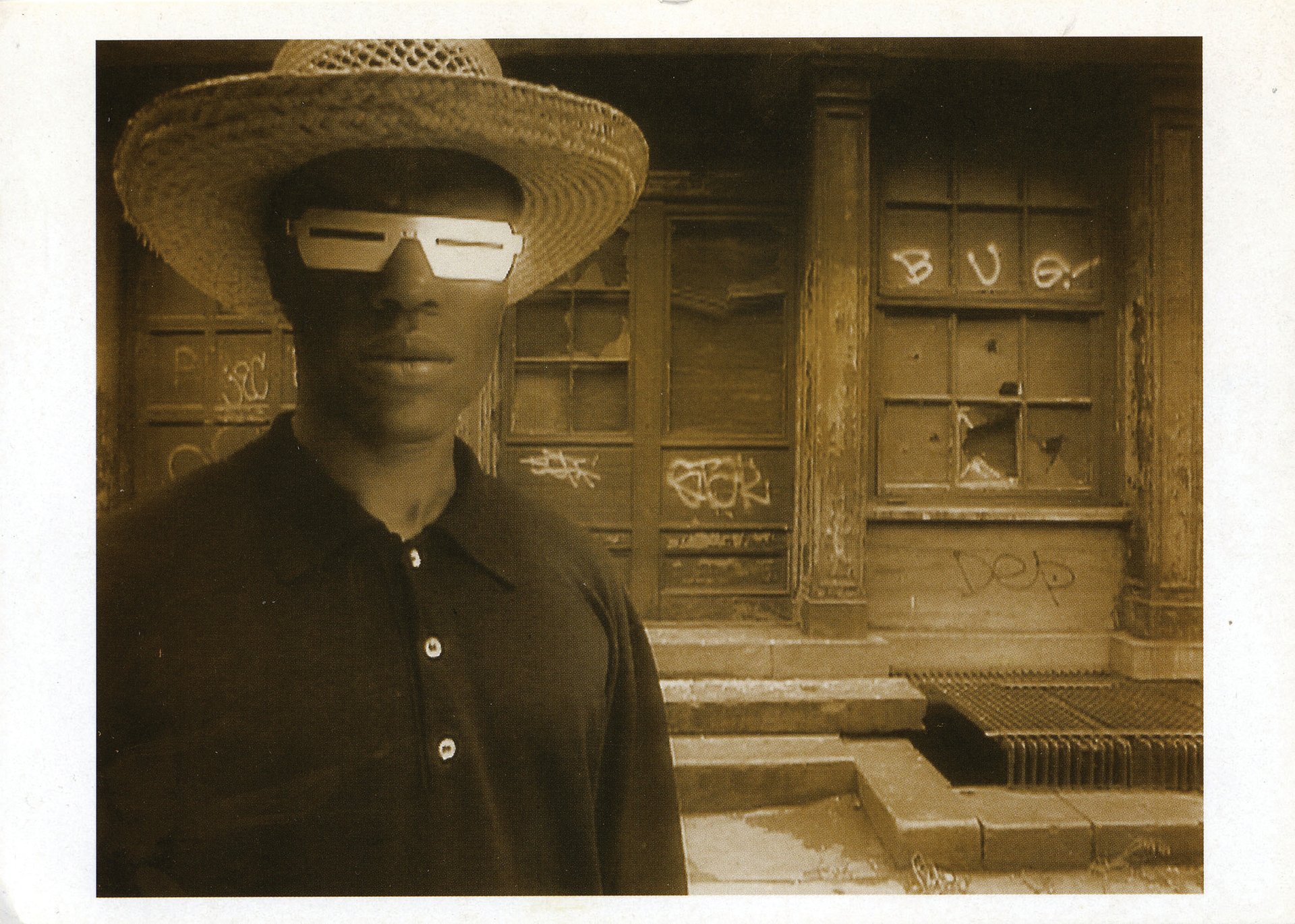
The Last Angel of History (1995)
“I’ve chosen this because it was the most fun to do. The basis was an abiding love of science fiction, shared by pretty much everyone in the group; we’d always been trying to find a vehicle to use it as a device for speaking our own questions about the alien and the other. Everyone in the collective [also] loved the three seminal figures and, more importantly, the genres of music that they had been associated with: Lee Perry with dub, George Clinton with funk and Sun Ra with jazz. It was a dream job—we were being asked to wrap together a set of obsessions and see whether they could talk to each other.”
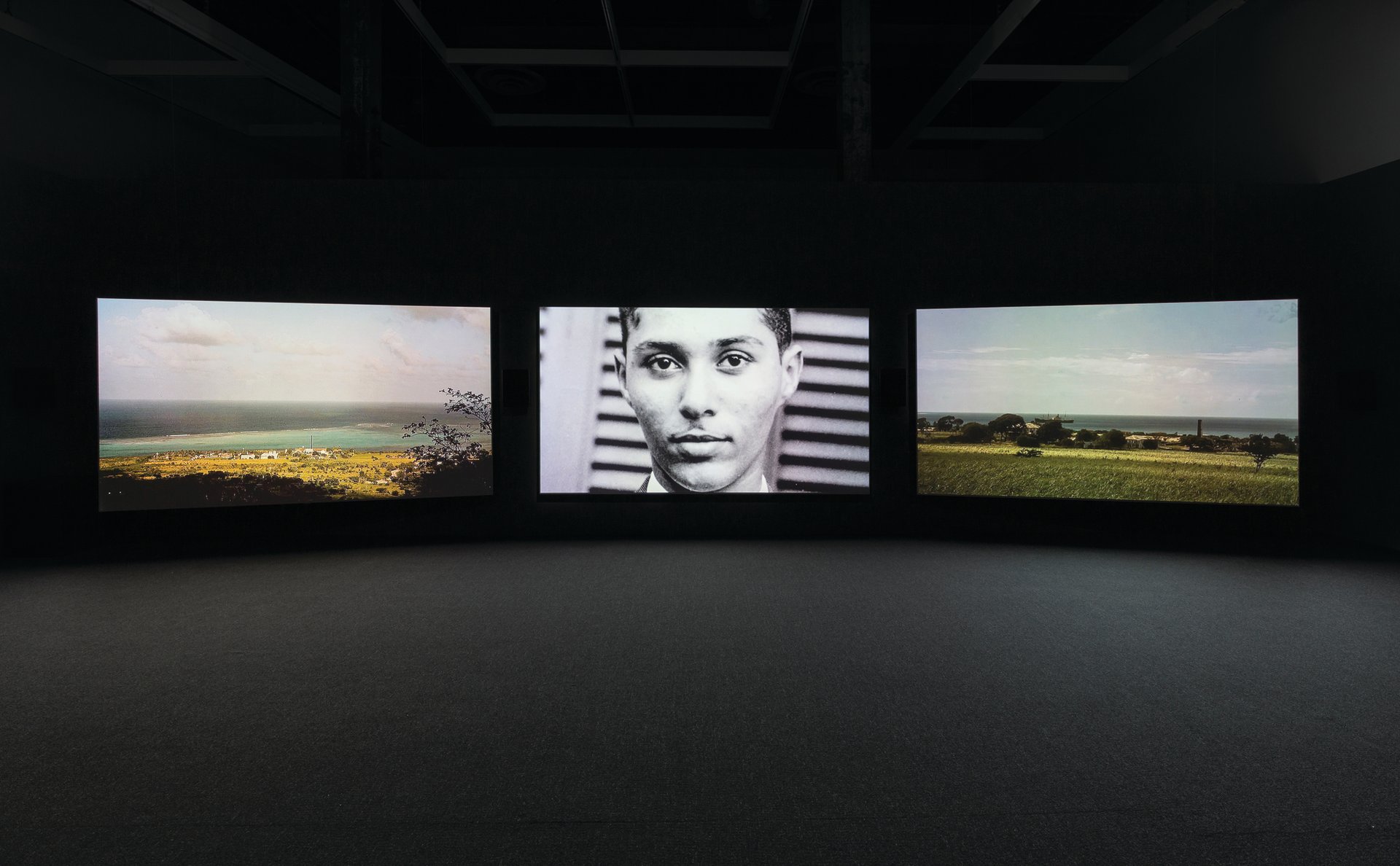
The Unfinished Conversation (2012)
“[The late cultural theorist] Stuart Hall was—is—someone who sits at the centre of everything we do. We’d asked him several times in the 1990s whether we could work on his life, but, being the modest chap that he was, he’d always declined. The piece started initially as a collaborative project with him, and not about him at all. The original premise was to do a speculative essay on the transformations in images of race in the 20th century. We spent months talking, but he wasn’t well enough to continue. Then, at that point, we thought, ‘Hang on, why don’t we just make it with him at the centre?’ All the themes we were interested in—post-war England, images, the icon—centred on him. It was a no-
brainer. The most gratifying thing for me was that Stuart saw it and loved it before he passed away.”


